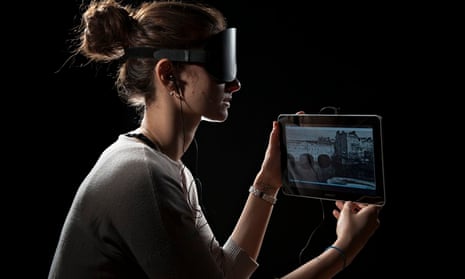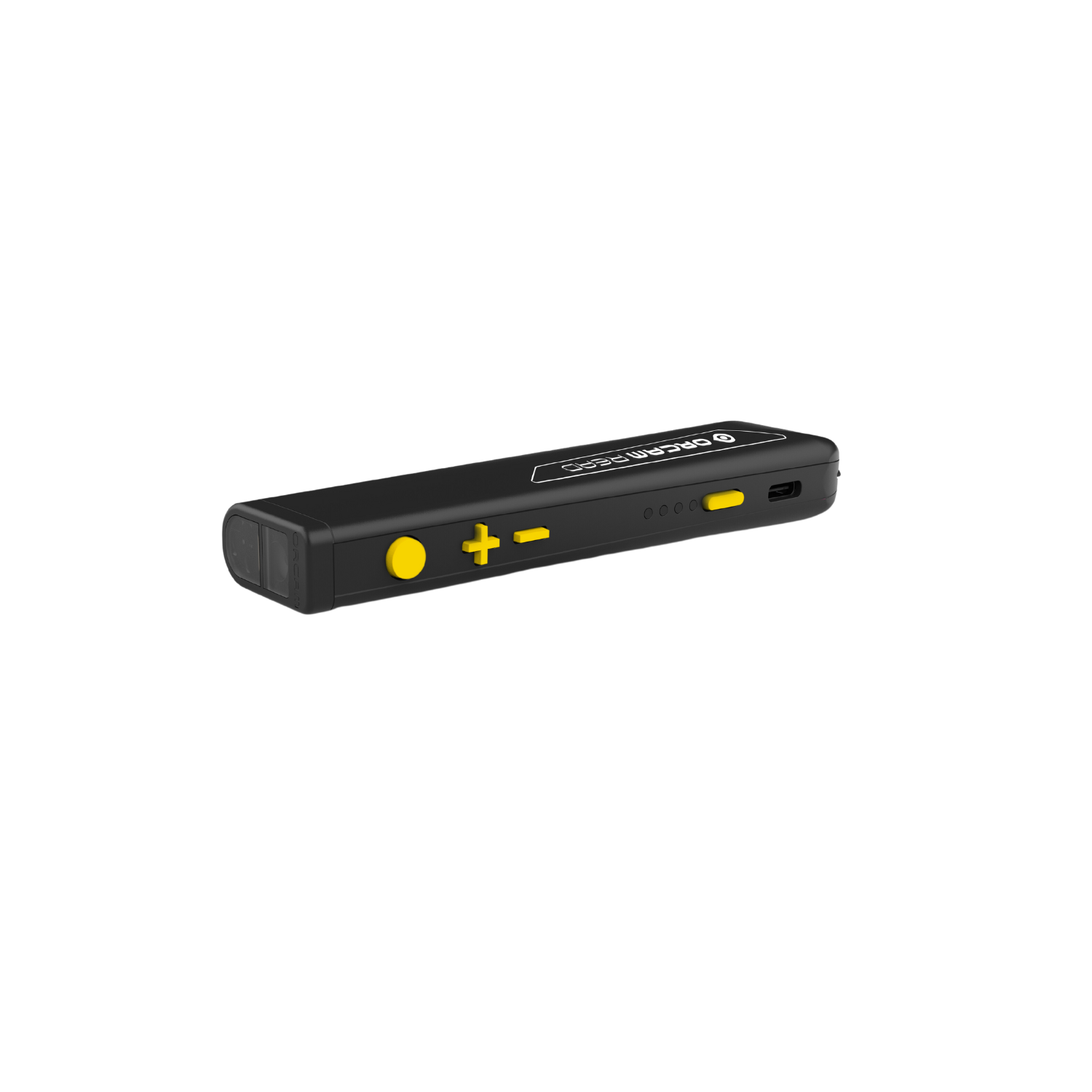AI-Powered Visual Aids: Redefining Support for the Blind
Wiki Article
Empowering Freedom With Assistive Modern Technology for the Blind
The combination of assistive technology into the lives of people with aesthetic impairments stands for a significant advancement in promoting freedom and self-sufficiency. From innovative screen viewers to advanced clever walking sticks, these tools not only improve daily navigation and communication yet additionally empower users to involve meaningfully in different elements of life. As we discover the myriad benefits and real-world applications of these innovations, it ends up being crucial to take a look at the hidden factors that add to their effectiveness and the potential for future growths in this vital field.Summary of Assistive Modern Technology

The growth of assistive modern technology is based in principles of inclusivity and empowerment. Innovations in software application, equipment, and sensory improvements supply users with options customized to their certain requirements. From screen viewers that convert text to speech, to tactile gadgets that convey information via touch, these tools change the way individuals involve with their surroundings.
In addition to sensible applications, assistive technology cultivates greater social incorporation and involvement in numerous fields, including education and learning and work (Speech-to-text devices for low vision). As research study and advancement remain to advance, the potential for assistive modern technology to better boost the lives of aesthetically impaired individuals stays promising, leading the way for an extra fair culture where everyone can grow
Kinds of Assistive Tools
A selection of assistive devices have actually emerged to sustain individuals with aesthetic disabilities, each designed to meet details requirements and improve daily performance. These devices range from low-tech services to sophisticated advancements, providing varied alternatives for users.Low-tech devices include magnifiers and large-print materials that help in reading and writing. Braille tools, such as Braille slates and styluses, enable responsive reading and communication. Orientation and movement aids, like white walking canes, assist users navigate their setting securely.
On the greater end of the range, digital zoom systems and display visitors supply substantial assistance. Electronic magnifiers enable customers to enlarge text and pictures on displays, while display viewers convert digital material into manufactured speech, helping with accessibility to info on computer systems and smart devices.
Smart device applications additionally play a crucial role, supplying functions like message acknowledgment and navigation assistance. Wearable innovation, such as wise glasses furnished with enhanced truth, is arising as an encouraging device to improve situational awareness.
Benefits of Assistive Innovation
The combination of assistive innovation substantially improves the quality of life for individuals with visual impairments. These technologies empower users by promoting independence, enabling them to browse their settings better and carry out daily jobs with better simplicity. For circumstances, display readers and magnification software permit individuals to gain access to digital details, cultivating academic and specialist possibilities that may have previously run out reach.Moreover, assistive devices such as clever walking sticks and general practitioners applications provide real-time navigating support, boosting flexibility and security. This boosted freedom not just improves self-worth yet also motivates social engagement, enabling users to take part even more completely in their areas.
Assistive innovation additionally helps with communication, assisting customers connect with others via voice acknowledgment and text-to-speech applications. This ability is essential for preserving partnerships and accessing vital details.
Additionally, the modification options offered with several assistive technologies make sure that individuals can tailor tools to their specific requirements, further boosting functionality and efficiency. On the whole, the benefits of assistive innovation for individuals with visual disabilities are profound, advertising a more inclusive society where everybody can seek their objectives and goals.
Situation Researches and Success Stories
Highlighting the transformative effect of assistive innovation, various study illustrate just how people with aesthetic problems have actually successfully incorporated these devices into their lives. One engaging example involves a college student that used display reading software to browse on the internet resources and scholastic products successfully. This technology not only promoted her education yet likewise improved her confidence in taking part in discussions and team projects.An additional instance study includes an expert that utilizes a smartphone application made for navigation and things recognition. By utilizing this application, he has gained back freedom in both his individual and work environments, enabling him to commute individually and engage with coworkers a lot more effectively.
Furthermore, a senior citizen shared her experience with braille e-readers, which enabled her to access a large array of literary works and remain gotten in touch with her neighborhood via publication clubs.
These success stories emphasize the important duty of assistive technology in fostering self-reliance, enhancing lifestyle, and advertising social assimilation for individuals with aesthetic impairments (Wearable technology for low vision). By welcoming these cutting-edge devices, individuals can get over difficulties and confiscate possibilities that add to their expert and individual fulfillment

Future Trends in Assistive Innovation
Technology in assistive modern technology is poised to redefine the landscape of support for people with aesthetic OCR devices for the blind disabilities. Emerging fads emphasize the combination of artificial knowledge (AI) and device understanding, which enhance the performance of gadgets that help with navigating and information access. For instance, AI-driven applications are now capable of interpreting visual information in real-time, making it possible for users to engage with their atmosphere more individually.Moreover, the growth of wearable modern technology is progressing swiftly. Smart glasses outfitted with increased truth (AR) can offer audio summaries of surroundings, transforming just how customers engage with public spaces. These devices not only advertise freedom however also foster social addition.
Furthermore, the Internet of Points (IoT) is making homes smarter, enabling seamless connectivity in between day-to-day home appliances and assistive devices. This connection equips individuals by allowing automatic reactions and voice-activated controls tailored to individual demands.
Final Thought
To conclude, assistive modern technology plays a critical duty in equipping individuals with aesthetic impairments by improving their freedom and interaction with their environments. The diverse series of applications and tools readily available not just assists in navigation and interaction but also advertises social integration and possibilities for professional and individual growth. As advancements continue in this area, the potential for enhancing the lifestyle for those with aesthetic impairments will certainly increase, fostering higher freedom and empowerment.
Report this wiki page